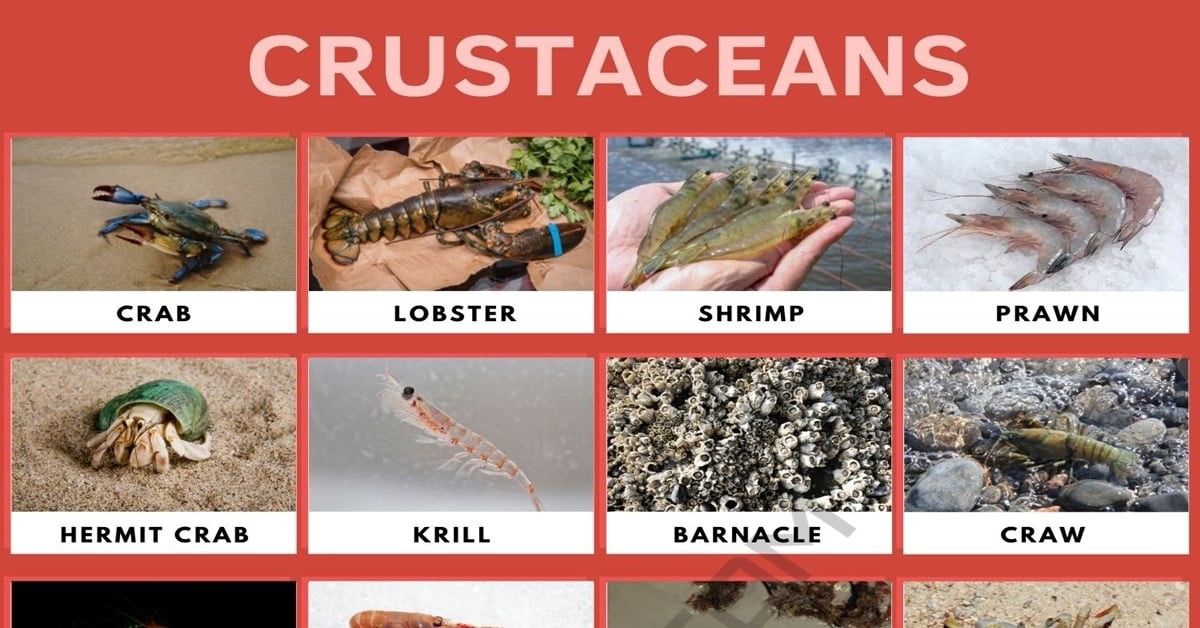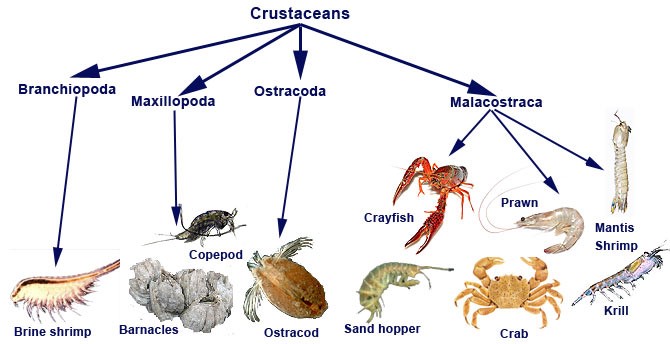





Disclaimer: Copyright infringement not intended.
Context
Discoveries made
The discoveries included:

Crustaceans
|
PRACTICE QUESTION Q. Consider the following statements: 1.Crustaceans have an exoskeleton made of chitin, which they molt to grow. 2.Crustaceans act as filter feeders, consuming microscopic algae and plankton, thus regulating water quality. 3.Crustaceans establish dominance hierarchies, engage in courtship rituals, and communicate with each other using visual displays and chemical signals. How many of the above statements are incorrect? A) Only 1 B) Only 2 C) All 3 D) None Answer: D) None |







© 2025 iasgyan. All right reserved